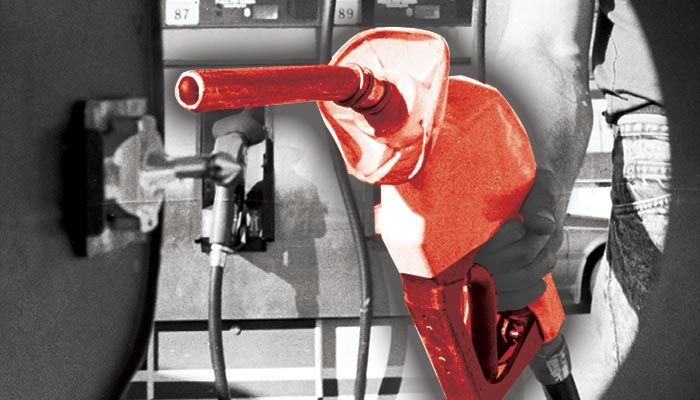VIDEO: Carbon Deposits On Direct Injection Engines
Jon Nelson explains why carbon deposits happen and how to diagnose misfires and clean intake valves.
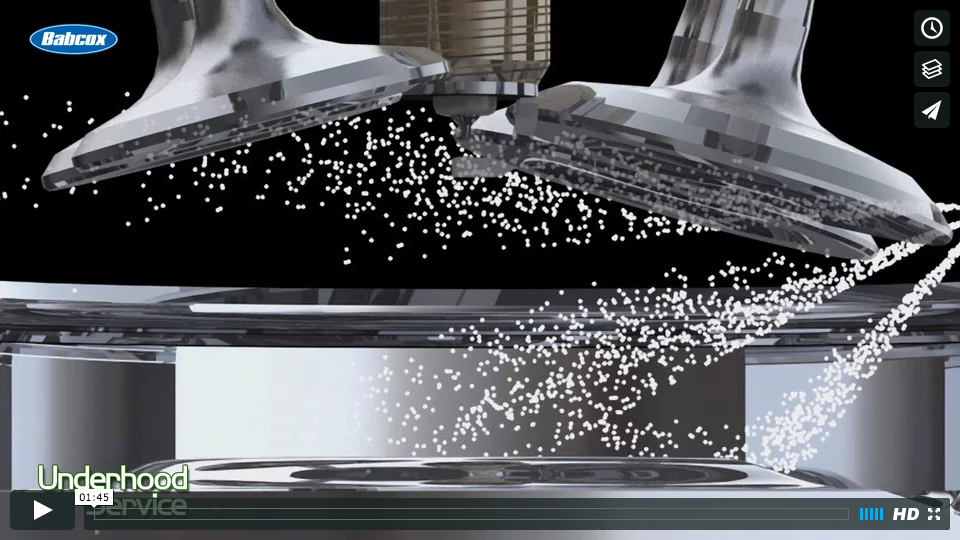
VIDEO: Turbochargers and Carbon Deposits
Andrew Markel explains the importance of taking extra steps to keep from damaging the turbocharger during a regular induction cleaning.
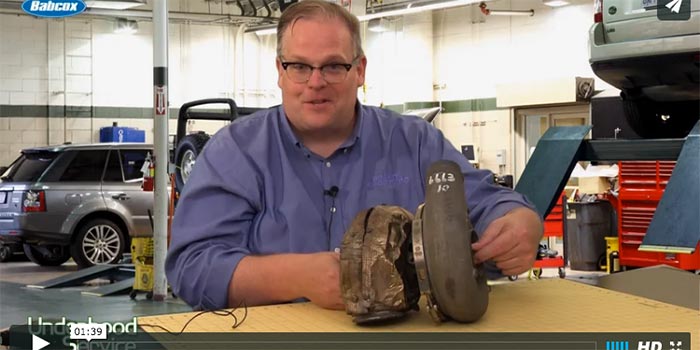
Direct Injection And Carbon Deposits
In 1985, Saab began using the new Bosch LH fuel injection system, and Volvo and other carmakers followed suit. The system worked such that incoming air passed through an airflow meter that sent a signal to the engine ECU telling it how much air was going into the engine. The coolant temp sensor then told the ECU how cold or warm the engine was, and it opened and closed the injectors when needed.
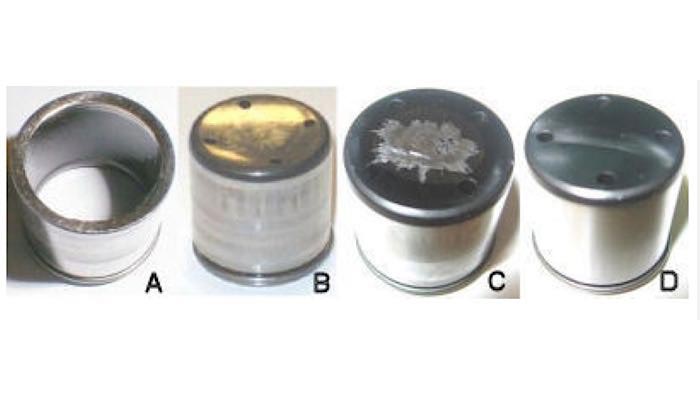
Solving Carbon Deposits In Direct Fuel Injection Engines
There are several fixes available to solve carbon buildup problems. The first is preventive maintenance. Scheduled oil changes can keep the camshaft actuators working in optimal condition to control the exposure of the intake valves.
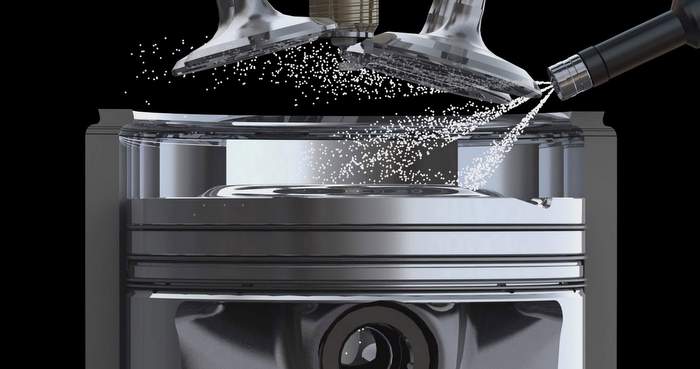
Why Direct Injection Engines Develop Carbon Deposits
Direct injection in its current form has been around since 1997. During the next 10 years, Volkswagen, BMW, Mercedes Benz and many others introduced engines with direct injection. Today, almost all new engines have direct injection. When the early direct-injection engines hit the three-year or 30,000-mile mark, some developed driveablity problems due to carbon build-up
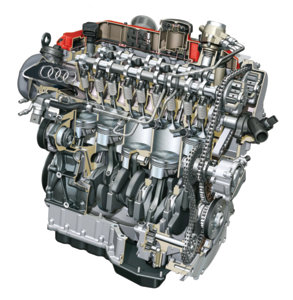
Audi/VW Direct-Injection Issues And Carbon Deposits
Through the years, injection systems have incorporated more sensors like air temperature, EGR temperature or exhaust gas temperature, and the emissions systems monitor how efficiently everything is working. But the systems didn’t change a whole lot until about 2006.
Why Is Carbon An Issue Now?
The early 2000s was the golden age of port fuel injection. Carbon deposit problems had gone the way of worn ignition points and V-belts.
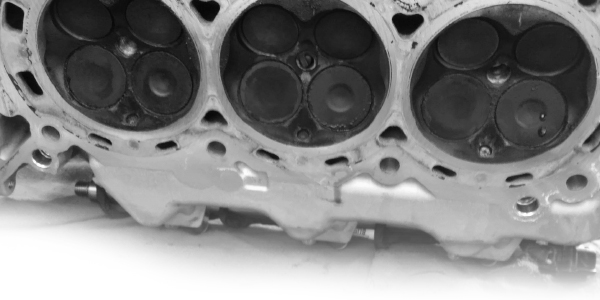
GDI System Maintenance: Preventing Misfires & Carbon Buildup On Intake Valves
Although GDI appeared in some post-World War II two-cycle engines and in some high-end performance engines, it didn’t come into its own for passenger car use until around 2008 when high-speed computing and piezoelectric fuel injectors turned GDI into a practical reality.
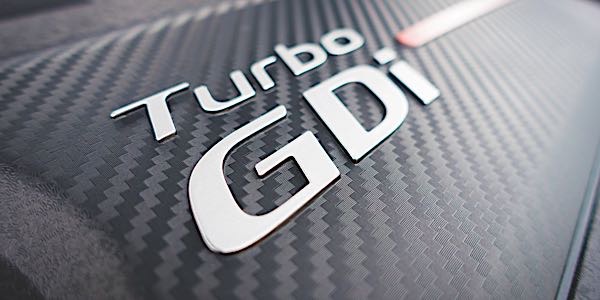
Audi: Oil Consumption And Carbon Buildup
Carbon and fuel problems with the 2.0L FSI engine have multiple causes, symptoms and solutions. While there is not a single TSB from Audi that clearly outlines the problem, you can connect the dots to realize the problems with oil consumption that damage the top end of the engine and cause carbon buildup.
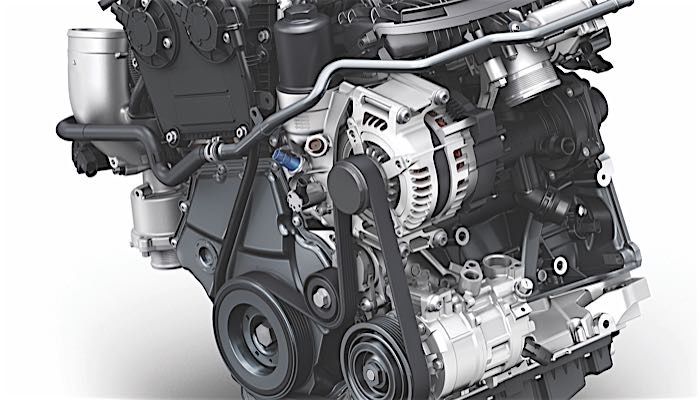
Deposit Control Additives And Bad Gas
A buildup of carbon deposits inside the combustion chamber increases the risk of hot spots forming that may cause engine-damaging preignition. The hot spot ignites the fuel before the spark plug fires, causing a sharp rise in combustion pressure. Under extreme conditions (high rpm and load), preignition can burn a hole right through the top of a piston.
